Thousands of ocean animal specimens have joined the Museum's collections, including a group of rare anglerfish.
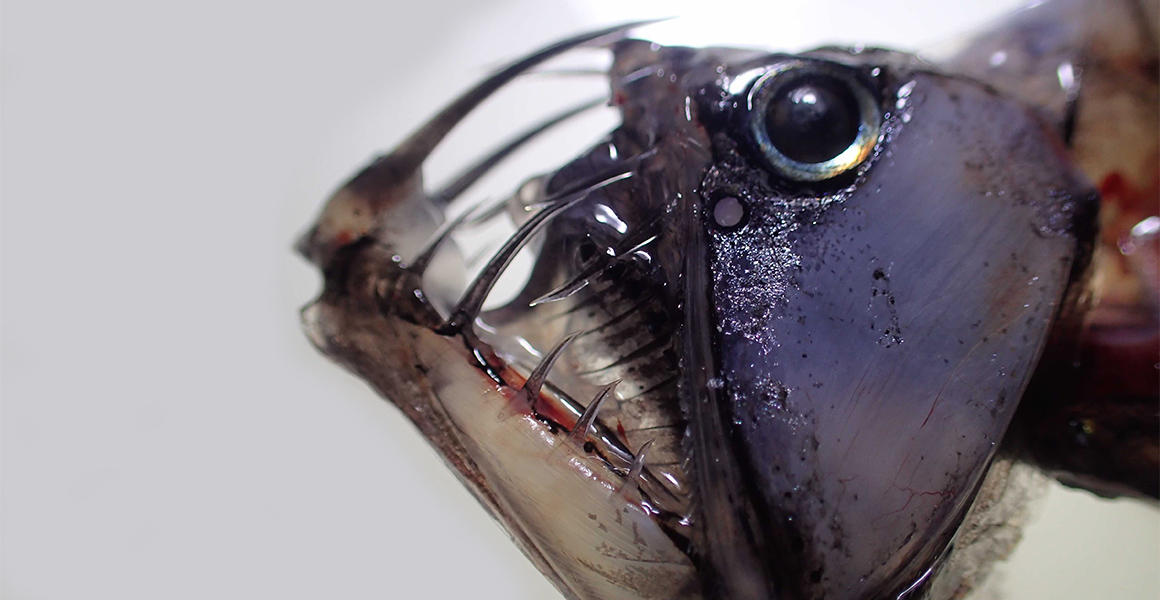
A close-up view of a viper fish that was collected during a trip to Tristan da Cunha and St Helena. Image: Martin Collins/Cefas.
They are all from Tristan da Cunha and St Helena, two isolated volcanic islands in the South Atlantic Ocean.
Collected during a Foreign Office-funded research trip earlier this year, the acquisition includes deep-sea anglerfish and 11,000 crustacean specimens, in addition to 81 cephalopods, including a piglet squid, a jewelled squid and a vampire squid.
Many of the specimens are from parts of the ocean that are up to 2,000 metres deep, below the twilight zone. At those depths, the water gets little daylight and animals are uniquely adapted to the darkness and pressureopens in a new window.
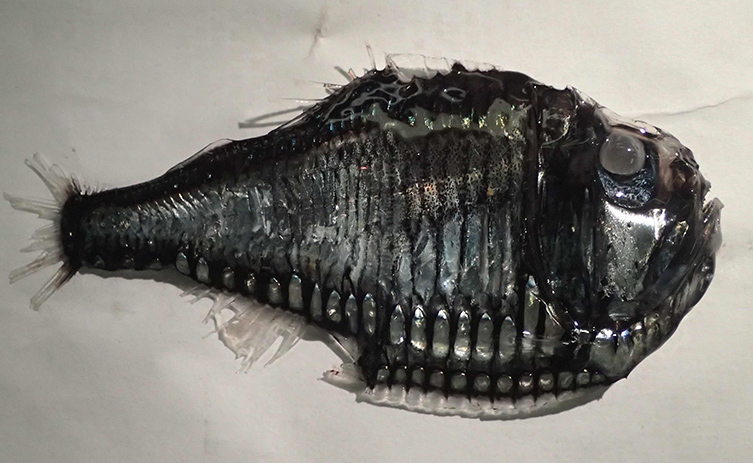
One of the hatchetfish collected during the research trip and now being held at the Museum for research. Image: Martin Collins/Cefas.
James Maclaine, a Senior Curator of Fish at the Museum, says, 'This is a large donation of material which will contain many interesting and possibly new species for our collections.
'The anglerfish are particularly exciting because they are in beautiful condition, and from an area of ocean, the mid-South Atlantic, that we don’t have much material from in the Museum collections.'
The specimens are also rare due to the locations in which they were collected in. Tristan da Cunha is one of world's most remote inhabited islands, half way between Cape Town in South Africa and Buenos Aires in Argentina. It takes a week in a boat to reach.
Curators at the Museum are now examining the new arrivals to see if they could yield new insights into life underwater in this remote part of the Atlantic. Some of the specimens may even be new species that were previously unknown to science.
Miranda Lowe, the Museum's Senior Curator in Charge of Crustacea, says, 'I have not had a donation this large that's fresh from an expedition for many years. For me it is the largest donation of crustacean specimens from this region nearly 40 years.
'We previously had crustacean specimens collected on expeditions to Tristan da Cunha and St Helena in batches in 1870, 1945, 1957/8 and 1982.'
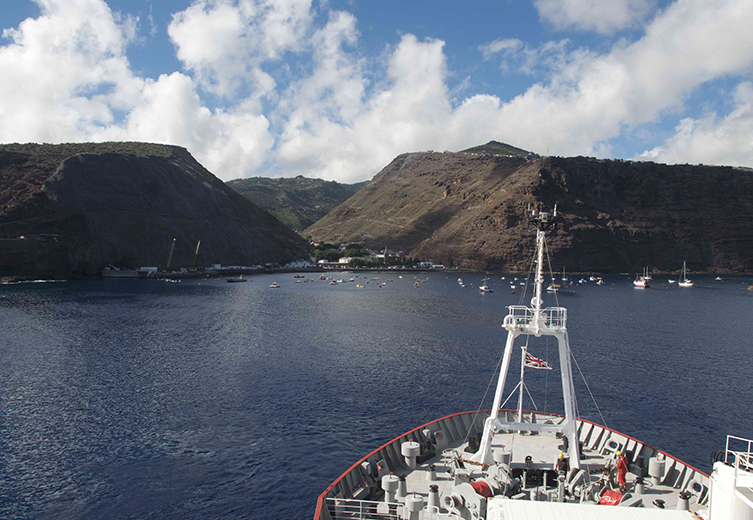
A view of the island of St Helena from the RRS James Clark Ross. Image: Martin Collins/Cefas.
The trip
The research trip to the Atlantic was part of the government's Blue Belt Programmeopens in a new window, which provides long-term protection for four million square kilometres of the rich marine environments around the UK's Overseas Territories.
To protect these environments, Blue Belt scientists are partnering with Overseas Territories to better understand their oceans and enable sustainable marine management strategiesopens in a new window. Recently, the team have been working in Tristan da Cunha and St Helena, two territories in the South Atlantic Ocean.
Scientists working to support the programme travelled to the islands for a month-long survey aboard the research ship the RRS James Clark Ross. The team spent eight days each in Tristan da Cunha and St Helena, on a mission to understand more about ocean life around the islands and how it can be protected in the future.
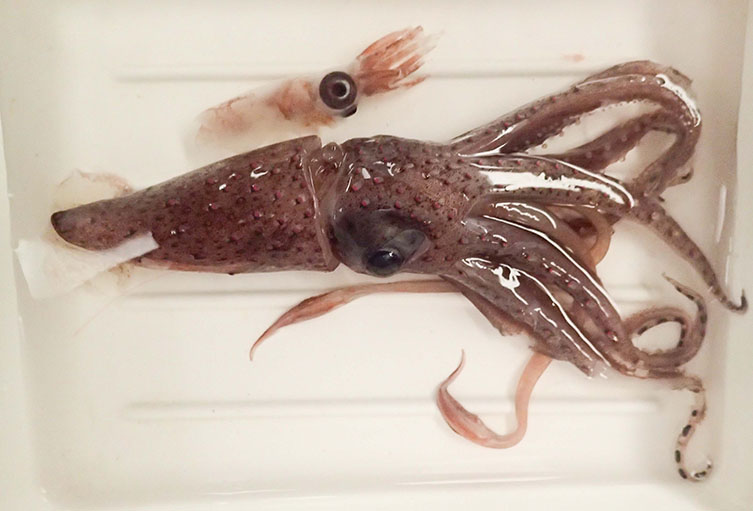
Some of the squid included in the donation. Image: Martin Collins/Cefas.
James Bell, a fisheries and ecosystems scientist based at the Centre for Environment, Fisheries and Aquaculture Science (Cefas), was on the ship.
He said, 'During this survey, our key interests were seabed mapping and examining the biodiversity of seafloor and water column ecosystems.
'As a general rule, the vast majority of the deep ocean floor is mapped very poorly and Tristan and St Helena are no exception.
'As well as this, around seamounts and remote islands, seafloor ecosystems can often be unique and very diverse, which makes them important places to consider in terms of regional ecosystem management.'
The RRS James Clark Ross team mapped the seafloor using pulses of sound, and took pictures of the environment and the animals that live there.
Scientists also collected samples of plastic pollution, and physical specimens using a scientific trawl designed to cause minimum disturbance. Physical specimens are needed to identify a species, and studies on them sometimes require a chemical analysis of an animal.
Some specimens from this trawl are now held at the Museum, and will be available to researchers.
More information
The team aboard the RRS James Clark Ross included staff from the Centre for Environment, Fisheries and Aquaculture Science (Cefas), Plymouth University, the South Atlantic Environmental Research Institute (SAERI), the British Antarctic Survey (BAS) and the UK Hydrographic Office.
The mission was part-funded by the Blue Belt Programme and partly by a British Antarctic Survey's Overseas Development Assistance (ODA) project.
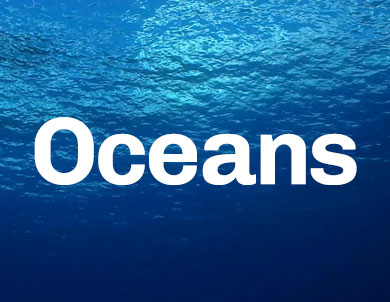
Explore the ocean
Dive deeper into our marine science.
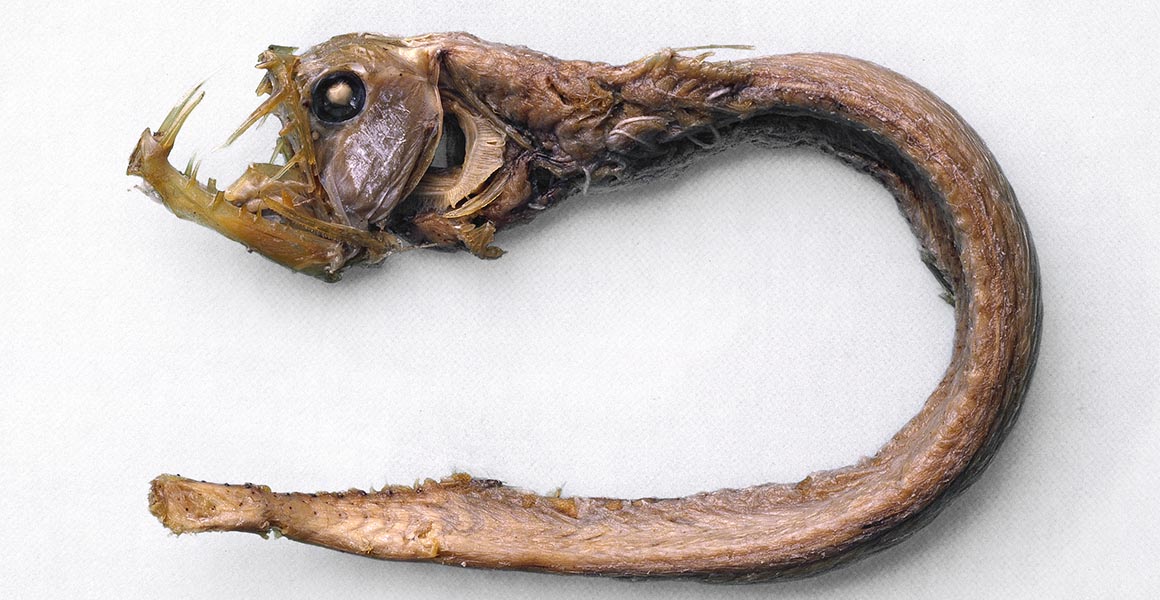
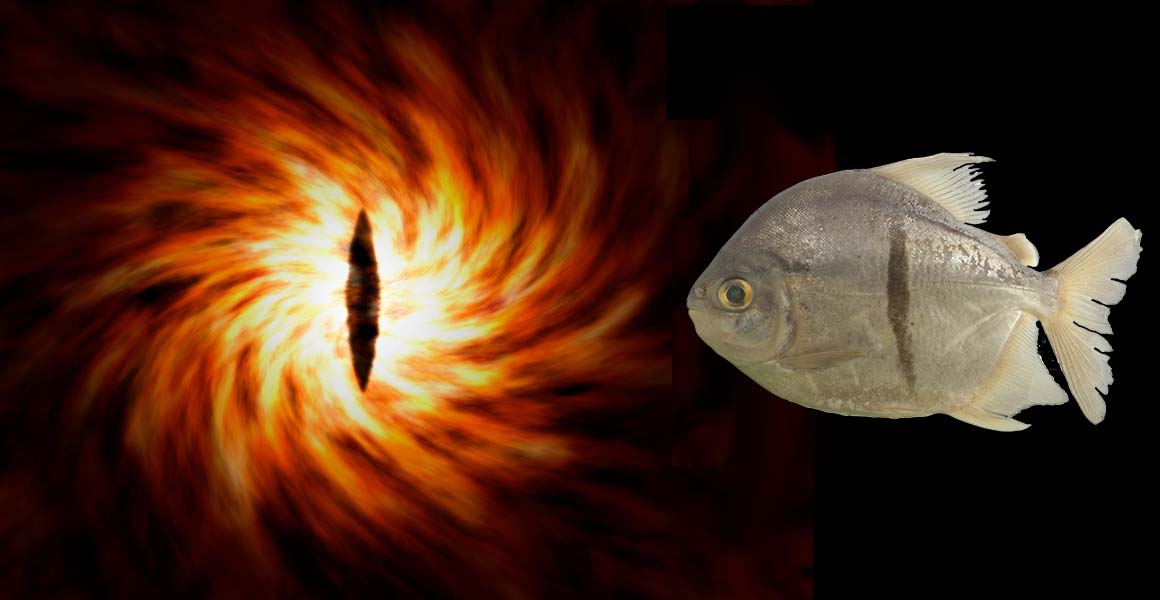

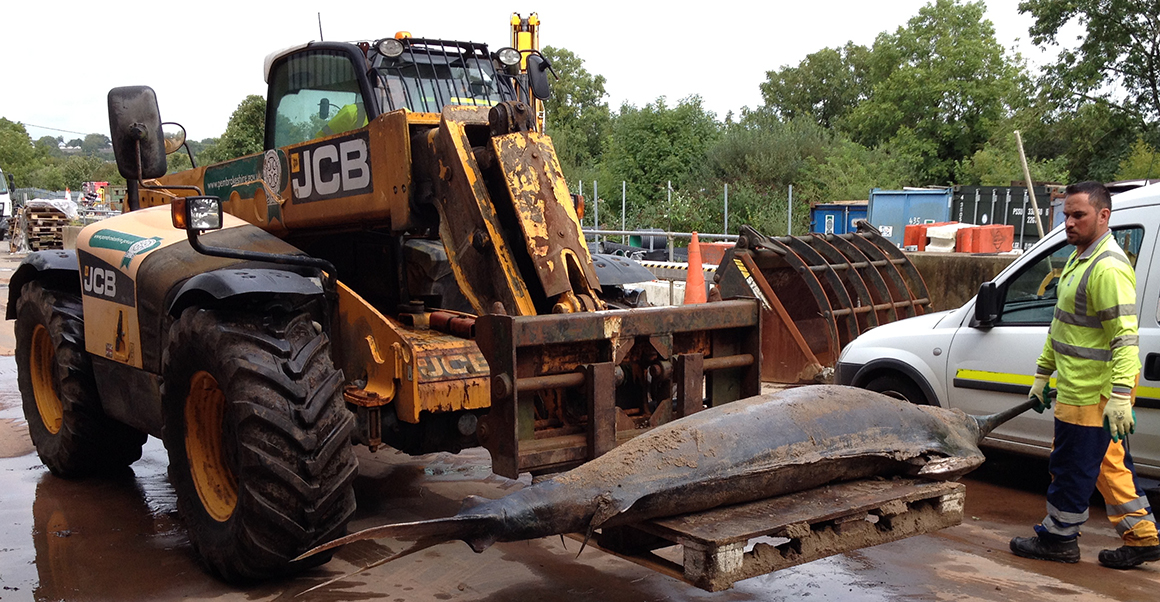
Don't miss a thing
Receive email updates about our news, science, exhibitions, events, products, services and fundraising activities. We may occasionally include third-party content from our corporate partners and other museums. We will not share your personal details with these third parties. You must be over the age of 13. Privacy notice.
Follow us on social media